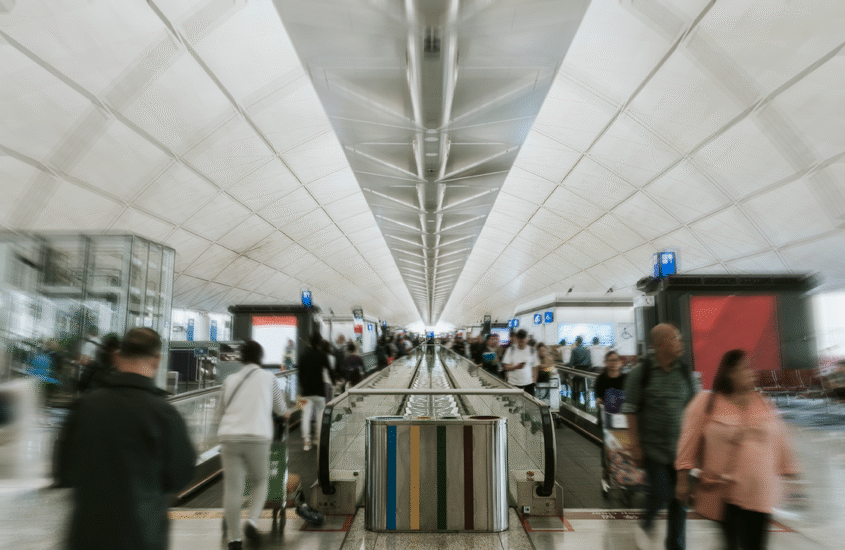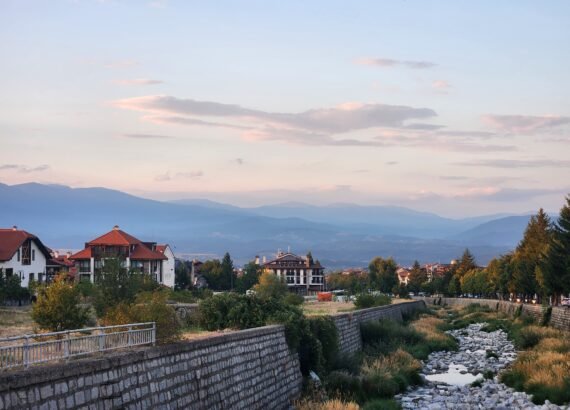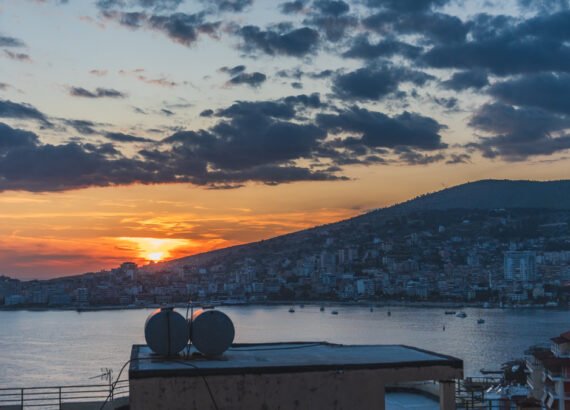Is Flying Getting Worse? Here’s What’s Happening and How You Can Get Through It

By Joel Hartz | Contributions from Alice Ingram | Last updated August 19, 2025
Disclosures
Use of affiliate and sponsored links help us to provide articles like these.
Affiliate disclosure: Please be aware that this article contains affiliate links, which means we earn a small commission at no additional cost to you. As an Amazon Associate we earn from qualifying purchases.
If you’ve set foot in an airport recently, you probably know the drill: crowded check-in lines, jam-packed gates, and that pit-of-your-stomach feeling when the arrivals screen flashes “DELAYED.” But is air travel actually getting worse, or does it just feel that way?
After years of traveling full-time, we’ve witnessed all the ups and downs of modern air travel firsthand—from the thrill of a smooth flight to the frustration of endless delays and crowded airports. Our journey has given us a front-row seat to how flying has changed.
Let’s dig in and take a closer look at what’s really going on and what smart travelers like us can do about it.
Air Travel by the Numbers
It’s not just nostalgia. Today’s statistics suggest a real shift in what passengers experience. While airplane safety and affordability are at record highs, the all-around travel experience includes some trade-offs.
- Delays are increasingly common: In 2023, about 1 in 5 U.S. flights were delayed, and the average hold-up lasted 50 minutes. Weather, air traffic congestion, and staffing shortages are to blame more often than not.
- Severe delays on the rise: Data shows it’s now 4.5 times more likely for a flight to be delayed by more than three hours than it was back in 1999. Even delays of 1–1.5 hours are twice as common today—and these trends aren’t confined to obscure routes but apply to the nation’s busiest, most popular flights.
- Missing bags: For every 1,000 passengers, 16 bags didn’t arrive on time last year—so keep your essentials in your carry-on!
- Busier airports: Nearly 3 million Americans fly daily, a number that keeps growing. Expect longer lines and more crowded terminals.
- Shrinking legroom: The average seat pitch (the gap between seats) has dropped from 34 inches in 1987 to as little as 28-30 inches today. You’ll notice every inch during those longer delays.
- Mounting fees: From checked baggage ($35 on average) to onboard snacks ($12 on average), passengers are paying more for extras that used to be included in the ticket price.
Why Is This Happening?
Airlines are trying to deliver on several fronts: keeping flights safe, tickets affordable, and schedules packed to meet high demand. The pandemic shuffled plans and strained resources, and with travel roaring back, everyone from flight crews to ground staff is under pressure.
Technology helps in some ways, but…
Yes, you can check in online and use apps to zip through security. But as booking and boarding become more automated, that friendly, human touch gets harder to find. When things go wrong or your flights get shuffled, talking to a real person can be invaluable. Unfortunately, automation often makes this more difficult.
How Delays Impact Your Journey
Delays aren’t just about sitting at the gate a little longer. They can mean:
- Missed connections and disrupted travel plans
- Longer separation from loved ones or late arrivals at important events
- Extra expenses for rebooking, meals, or even overnight stays
- Added stress for you, your fellow travelers, and airline employees
With severe delays (longer than three hours) now much more likely than in decades past, it’s wise to expect the unexpected and build wiggle room into your travel plans.
Use This Tool to Check Compensation for a Flight Delay or Cancellation
Experts say unless airlines and airports invest in better technology and infrastructure fast, these issues could become even more common. Larger crowds, aging equipment, and crowded skies aren’t problems that disappear overnight.
What Does This Mean for Travelers Like Us?
Let’s be real—modern flying gives us a mix of highs and lows. Planes are safer and ticket prices can be surprisingly low thanks to competition and improved fuel efficiency. But to keep costs down, airlines often cut back on comfort, personal attention, and schedule flexibility.
Here’s what matters most:
- Be flexible. Consider booking flights with longer layovers and have a backup plan in case of disruptions.
- Arrive early. Crowded airports make everything take longer, from bag drop to boarding.
- Pack smart. Keep essentials (medications, chargers, snacks) in your carry-on (or person), and don’t rely on checked bags arriving right on time.
- Choose your airline carefully. Some carriers handle delays and customer support better than others—check recent reviews before you book.
- Lean on technology—but don’t lose your personal touch. Use travel apps for updates, but know how to speak with a person if things get tricky.
Whether you’re traveling full-time like we do or just for an epic trip abroad, having reliable travel insurance like SafetyWing’s plans can make a big difference. It’s not just about medical emergencies: good plans also help with travel delays, lost luggage, and missed connections.
Some credit cards, such as the Chase Sapphire Preferred or Capital One Venture, also offer built-in travel protections as perks, covering things like trip interruption and baggage loss. Before your next trip, check your policy or card benefits so you can travel with confidence, knowing you’re covered for the unexpected.
Final Takeaway
Flying in 2025 is safer and often cheaper, but according to statistics and stories alike the experience is bumpier than ever. Severe delays, crowded terminals, shrinking seats, and nickel-and-diming on fees are part of the new normal. Experts expect delays and congestion may get worse before things improve, especially for long or busy routes.
So plan ahead, stay nimble, and bring your patience. We’re all hoping for the return of a friendlier, smoother experience in the skies.
This article was based on insights and data from “Is Air Travel Getting Worse?” by Maximum Progress.
- Plan Your Budget: Cost of Living in North Macedonia for One Month

- Bulgaria Trip Report: Why we Keep Coming Back

- The Ultimate Guide to Slow Travel in Albania: Saranda & Beyond

Are you ready to embrace full-time or part-time travel, or is retirement just around the corner?
Join the tribe, and let’s kickstart your slow travel journey!

At Nomadic Abundance, we’re here to help you tackle the overwhelm of planning your new life abroad. Our membership offers the resources and guidance you need to make your transition to slow travel as seamless as possible.
Find out more information go to nomadicabundance.com or in video form on YouTube.
Thank you for supporting the site, Happy Wandering!
You’re almost there!
Enter your email below to get your FREE copy of the eBook: Escape The USA: How To Start Traveling and Live Overseas!
- Plan Your Budget: Cost of Living in North Macedonia for One Month - November 18, 2025
- Bulgaria Trip Report: Why we Keep Coming Back - October 29, 2025
- The Ultimate Guide to Slow Travel in Albania: Saranda & Beyond - October 6, 2025










